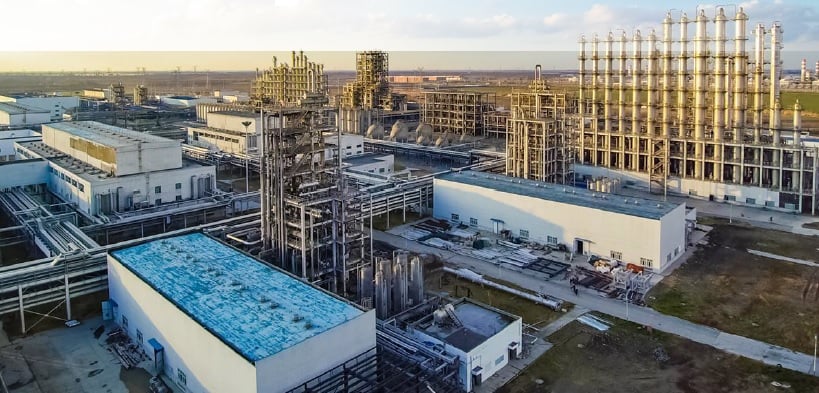
Chinese polysilicon manufacturer Daqo New Energy has posted gross losses of US$81.4 million in the second quarter of 2025, as polysilicon sales has fallen below production for the first time this year.
These losses are broadly in line with similar losses posted in the first quarter of this year, when the company lost US$81.5 million. The latest losses are down from the US$65.3 million endured in losses in the fourth quarter of 2024, but an improvement over the US$159.2 million lost in the second quarter of 2024. However, with revenues falling from US$123.9 million in the first quarter of 2025 to US$75.2 million in the second quarter, the company’s gross margin has fallen considerable, from -65.8% to -108.3%, from one quarter to the next.
Try Premium for just $1
- Full premium access for the first month at only $1
- Converts to an annual rate after 30 days unless cancelled
- Cancel anytime during the trial period
Premium Benefits
- Expert industry analysis and interviews
- Digital access to PV Tech Power journal
- Exclusive event discounts
Or get the full Premium subscription right away
Or continue reading this article for free
Much of this fall in margin came from the company’s decline in polysilicon sales, which Daqo CEO Xiang Xu attributed to a proactive scaling back of new sales orders “in anticipation of a future price recovery”. The company’s quarterly trends in polysilicon production and sales are shown in the graph below.
This optimism follows a rebounding of polysilicon prices in July, after months of sustained declines, reported by the Silicon Industry Branch. More favourable pricing conditions may have influenced Daqo’s decision to increase its polysilicon production, to 26,012 metric tonnes (MT) in the second quarter of this year, the first time since the start of 2024 that the company’s polysilicon production has increased quarter-on-quarter.
The company also noted that the average total production cost of polysilicon fell to US$7.26/kg in the second quarter, down from US$7.57/kg in the first quarter. Of this total, US$1.38/kg stems from what Xu called “idle facility related cost”, and the combination of lower production costs, and higher polysilicon production driven by less factory idleness, suggests Daqo has a degree of optimism for the future.
“In total, our financial bank deposit and investment assets, readily convertible into cash if needed, stood at US$2.06 billion, providing us with ample financial liquidity,” said Xu. “With no financial debt, our solid financial position brings us confidence and strategic resilience to navigate the current market downturn and remain well positioned for long-term opportunities.”
Selling price continues to fall
However, the company’s polysilicon average selling price fell from US$4.37/kg in the first quarter to US$4.19/kg in the second quarter, more than one dollar down on the US$5.66/kg that the company’s polysilicon sold for in 2024.
Looking ahead, Daqo expects its quarterly polysilicon production to range from 27,000-30,000MT in the third quarter of this year, a steady increase from the production totals of the first two quarters. It also expects 2025 polysilicon production to fall between 110,000-130,000MT, a slight downward revision from the 110,000-140,000MT forecast made in the first quarter results.
“The solar PV industry continues to show strong long-term prospects,” said Xu. “In the medium term, we believe that the combined effects of industry self-discipline and government anti-involution regulations will foster a healthier and more sustainable industry.”






